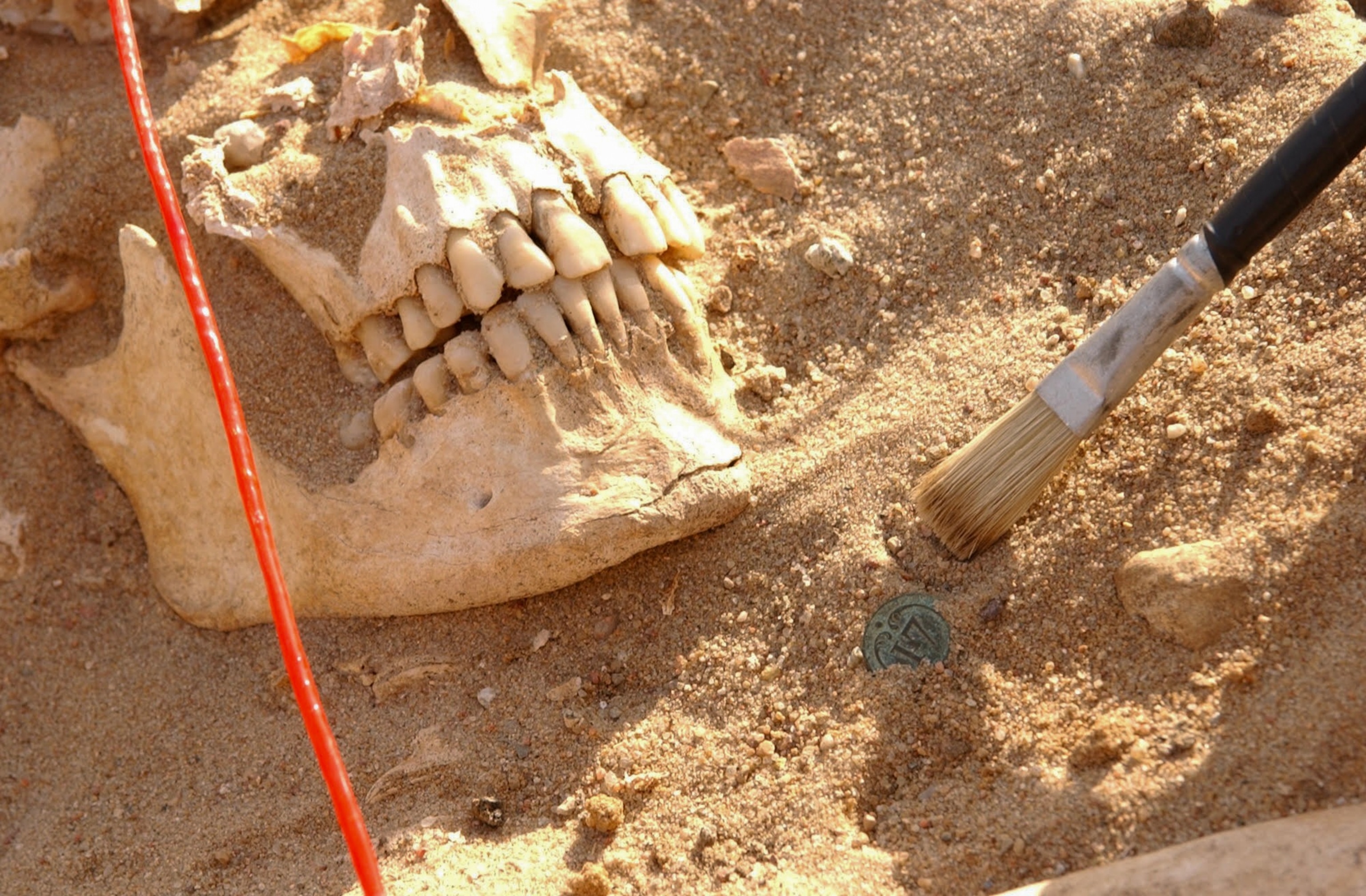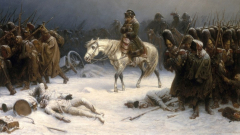As French general and ruler Napoleon Bonaparte returned from a disastrous attempt to conquer Russia in 1812, his army lost tens of thousands of men—many of them conscripted by force—to a fatal combination of extreme cold, exhaustion, starvation and disease.
Based on reports from the time, the main diseases thought to have caused their demise were “camp fever,” known today as typhus, and “trench fever.” Yet, when researchers recently analyzed ancient DNA from 13 teeth collected from different soldiers buried in a mass grave in Vilnius, Lithuania, they were surprised when they did not find evidence of either scourge.
Instead, they discovered DNA traces of two different bacteria, suggesting that Napoleon’s army was under siege during its retreat from more pathogens than previously thought. The findings were published Friday in the journal Current Biology.
“To be honest, we decided to work on those samples because we expected to find typhus, so this was quite surprising,” says Nicolás Rascovan, a paleogeneticist from the Pasteur Institute in Paris, and lead author on the study. “But the best results are the most unexpected.”
(Was Napoleon Bonaparte an enlightened leader or tyrant?)
One of the pathogens the team found was a species of Borrelia—a relative of the tick-borne bacteria that cause Lyme disease. It is spread by lice and triggers a debilitating illness known as ‘relapsing fever’ that is now rare in Europe.
The other was a strain of Salmonella that causes a condition called paratyphoid fever. Though it has similar symptoms to typhus, like fever, rashes and diarrhea, it is not spread by lice like typhus is. People tend to get infected by it from consuming water and food polluted by fecal matter.

Alexandra Buzhilova, an anthropologist from the Lomonosov Moscow State University, who took part in an earlier study of the teeth of Napoleonic soldiers buried in Kaliningrad, Russia, but not this one, says she was “intrigued” that the researchers were able to identify two previously undocumented pathogens.
“This is further evidence that ancient DNA sequencing is a powerful approach for investigating historical disease,” she says.

Scientists analyzed ancient DNA from 13 teeth belonging to different soldiers from Napoleon’s army who had been buried in a Lithuanian mass grave.
Michel Signoli, Aix-Marseille Université
Pathogens trapped in teeth
Given that the researchers analyzed the teeth of only 13 individuals out of more than 3,000 in the mass grave, Rascovan cautions that the findings do not mean that these two pathogens were a major cause of death, or that typhus was not. Instead, he says, his team’s results offer insight into other diseases that may have contributed to their ill health and perhaps even death.
(The Death of Napoleon’ captures the end of a tumultuous era)
“I suspect this study will open the door to more observations of bacterial species that caused fever in the past,” says Lucy van Dorp, a geneticist from the University College London. She was not involved in this study but was part of the teams that uncovered relatives of both of these bacteria in other locations.
Rimantas Jankauskas, an osteologist from Vilnius University, who led the Lithuanian team that studied the remains found at the cemetery, says he regrets he was not informed about or involved in the new study. But he agrees the new findings do not exclude typhus as a majo





